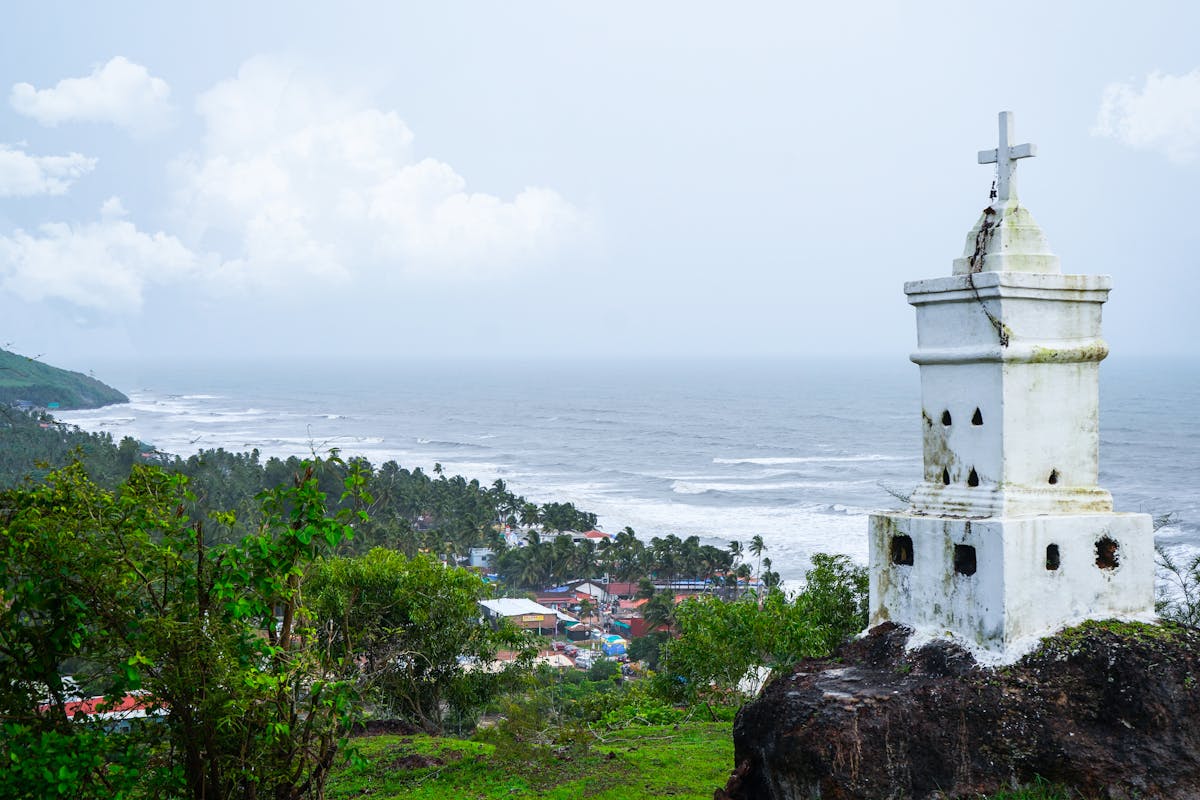Indian travelers have long gone to Goa to party – “Goa mein kuchh bhi chalta hai” (anything goes in Goa). It’s got beaches and nightlife, affordable and easily available alcohol, and casinos.
Goa’s tourism minister Rohan Khaunte wants a new image.
“We need good tourists coming in who are responsible enough,” Khaunte told Skift. “We want them to come to Goa, enjoy, make some memories, but not create ruckus in the state. Goa has been giving a very clear message that causing nuisance is not welcome.”
Goa’s branding had focused on “Sun, Sand, and Sea.” Last year, said Khaunte, the coastal state added “Sports, Spirituality, and Software” to create the “6 S’s” of tourism in Goa.
For sports, the state has been hosting international volleyball and table tennis tournaments. India’s sports tourism market is expected to be valued at nearly $53 billion in 2033.
Religious tourism is also growing quickly, and Goa wants to be a part of it. “We are slowly creating more excursions around our heritage and culture. We have taken a circuit of 11 temples across Goa having a history of more than a 100 years as part of our spiritual tourism initiatives,” Khuante said.
For the third pillar, software, Goa is working to improve infrastructure to attract digital nomads. Goa continues to remain optimistic about digital nomad visas. “The digital nomad visa is not a normal visa which is given for people who are working with companies. We are asking the Indian government for a visa for people who are freelancers.”
He said the state is working with the central government and having dialogues about the requirement of this visa. “It is not only Goa that will benefit from this. A digital nomad will not just stay in Goa the entire time, but will visit other parts of the country as well.”
Digital nomads will also boost homestays in the state, which are run mostly by women and will boost their income, Khaunte said.
But Challenges Still Remain
Goa is also working to solve the issues around cab drivers, a major point of discontent among tourists. Goa had banned Uber and India-based cab aggregator Ola after pressure from local taxi operators. Tourists complained of being charged exorbitant rates by cab drivers.
“We are getting aggregators in, now. Striking a balance may take time because tourism has always been carried out by the traditional ones for long. Getting a new thought process with technology will need some adaptability.”
Apart from this, work has started to handle the issue of stray dogs and cattle in the state, Khaunte said. In June last year, Goa chief minister Pramod Sawant said that 25% of road accidents in the state were caused by stray cattle, and he emphasized the need to establish 12 cattle pounds in Goa to house them.
According to the pan-India livestock census completed in January this year, Goa has about 56,000 stray dogs. The data will be used to implement better laws and schemes to handle stray animals.
Apart from this, Goa is struggling with connecting to potential markets around the world, despite having two airports. “Connectivity is also a challenge because we have Tier-2 cities. International airlines like Emirates connect with metro cities. Germany, France, Japan, and South Korea are big markets for us, but we need direct connectivity.”
Higher costs could also help. Limited room and flight inventory is driving up prices. “So you know that it is quality over quantity coming in, and it is the domestic tourists who have been the big spenders,” Khaunte said. Goa is moving from the number of tourist arrivals to tourist spending as the metric it targets.

